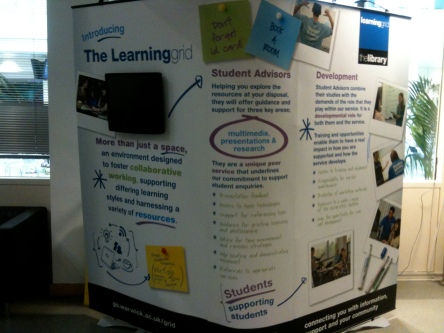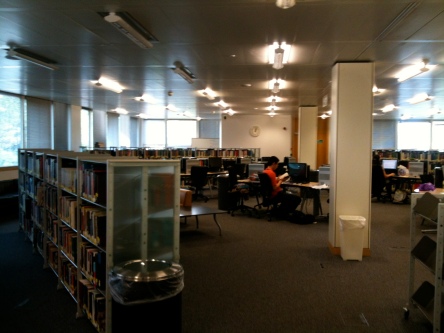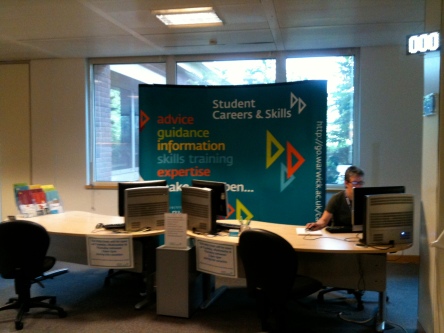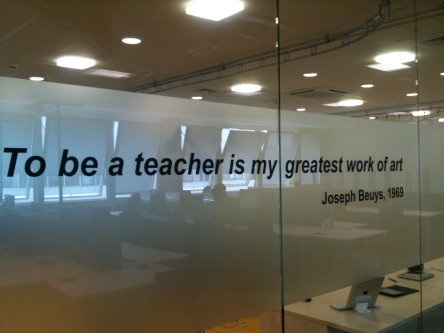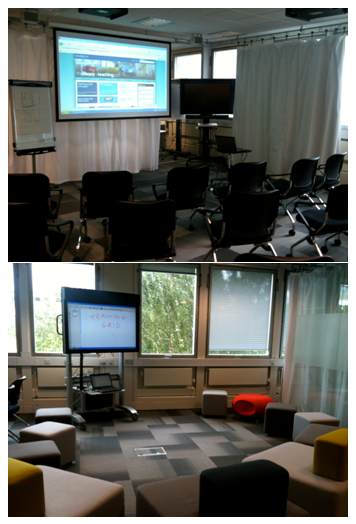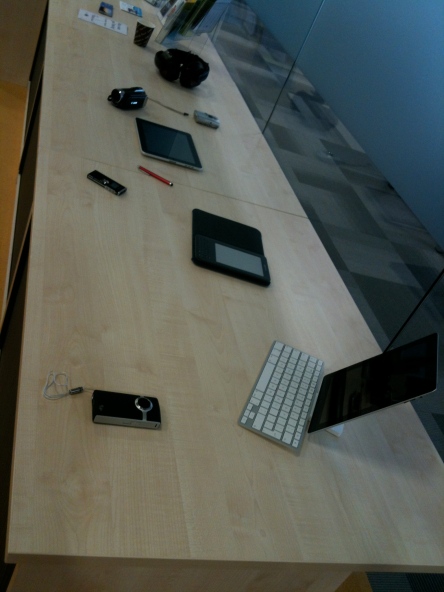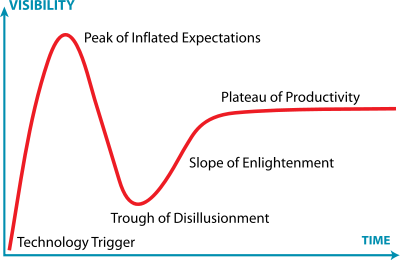Elizabeth Stone memorial lecture
by Kirsti Lonka, Professor of Behavioural Sciences at the University of Helsinki
Kirsti told us about the Designing society through thinking project, which is part of World Design Capital Helsinki 2012 – I love this idea, and it seems typically Suomi!
Integrated competence as the goal of higher education (HE) – an idea that came from medical education – problem-based learning. Knowledge is important, but students need to learn how to be self-regulating, to think, communicate, have emotional intelligence, be able to handle stress (theirs and other people’s), think ethically, see technology as a natural part of life.
She introduced us to the sociocultural idea of human mind:
- Learning always takes place in a context
- The context relies on culturally and historically developed structures
- Human mind or brain does not simply ‘grow up’ biologically, but it is sensitive to being nurtured in a human-life environment
The “bulimic learning model” involves taking in knowledge, storing it and regurgitating it for assessment. This type of instruction aims to fill a container (the human mind takes in knowledge, spreads it on the exam paper, then forgets it). The goals are defined in quantitative terms e.g. a student scored 60% in a test. This means they know 60% (of what?). How do such practices shape our minds?
Modern ideas of learning involve the learner as central in the creation of meaning, not the teacher as transmitter of knowledge (Biggs 1996). Learning as an active, constructive process rather than a passive, reproductive process. How do these ideas really apply in HE practices?
What is epistemic agency? (Scardamalia 2002) Epistemic agency indicates that the students themselves deal with the problems of goals, evaluations, and long-range planning that are normally left to teachers and managers. Instead of studying for isolated courses and credit units, students engage in personally meaningful study projects. Epistemic agency and self-regulated learning are valuable aspects of HE.
Our working days don’t roll as out planned, even with meticulous preparation. We have to teach students how to cope with this kind of fast-paced working life, and how to manage interruptions etc.
Technology is a part of our social and knowledge practices. 95% of young Finns use technology for leisure, but only a very small proportion for education, so they learn that it is a distraction, not a potential work tool. Blended learning environments combine physical, virtual, social, mobile and mental spaces of learning.
What is interest? Interest is a psychological state including an affective component of positive emotion and a cognitive component of concentration. Students who experienced more interest also showed more persistence, and performed better in a recall test. Caring/interest correlates with results.
Situational interest (CATCH)
A) triggered
B) maintained
Individual interest (HOLD)
A) emerging
B) well-developed
Agency and ownership are so important.
What makes lessons interesting? (Tsai et al 2008)
- If the teachers control too much, students’ emotions are less positive
- Cognitive autonomy support gives students an enhanced sense of control
- Cognitive autonomy is supported during lessons where students’ prior knowledge and understanding are activated and aims are transparent
Such lessons are associated with more enjoyment and interest!

Challenge and feeling of competence is a recipe for success!
What do Kirsti’s studies show so far?
- even mass education can be engaging and promote flow
- academic emotions, especially interest, predict cognitive academic outcomes
- on the basis of our measurements, can group students into c,uses that react differently in instructions settings: “cook-book learners”, “theorists”, “reflective professionals”
- during an engaging lecture, optimism, reflective thinking and student engagement may increase
Creating new knowledge practices
Collectively cultivated knowledge practices have their impact on the nature of learning. Knowledge practices are social practices related to working with knowledge and they include personal, collaborative and institutional routines.
The knowledge practices of digital natives (those born since 1990) are different. Typically, they multi-task, read from screens, are fond of computer games, make extensive use of social media, use online chat; and outsource many cognitive functions to different technological tools. Collaborative knowledge construction means connecting people and ideas!
Reflect on what has been constructed collaboratively. Puzzles and problems are great for deep learning.
New practices call for new tools – Kirsti has been involved in designing new office environments for academics which have multi-level desks, electricity points, space to hide cables, separate space for drinks. Also, the practices of informatics have drastically changed. Libraries may support a range of student activities in a flexible learning environment. The library’s physical space can provide a unique learning experience to the students as well as allowing a new level of social interaction.




